10 Comments
In honor of World TB Day and Tuberculosis Thursday, we are proud to share the news about an important collection now available to browse in our online collections database. The Florence Wright Tuberculosis Postcard Collection provides an intimate look at the lives of the TB patients who came to Saranac Lake in search of a cure between the 1880s and 1950s. The first half of this 130+ card collection has been cataloged, transcribed, and digitized, and is now available to browse for free on our PastPerfect Online Collections Database.
Patients were often only allowed to write a single postcard a day in order to maintain their strength, so these cards contain intensely personal news about their physical and mental health. These cards report on accommodations, weight gain, activities, relationships, and even deaths. They contain messages of hope, excitement, sadness, and of course, loneliness, like this 1906 card with the simple message, "Rather lonesome." The Florence Wright Tuberculosis Postcard Collection is a passion project assembled by Florence Wright over more than 20 years, and donated to Historic Saranac Lake in 2021! Florence became an avid stamp and Christmas Seal collector in retirement, and started to notice these missives from TB patients and their families at stamp shows. She began collecting cards that showed TB sanatoria and cure cottages, especially ones with messages relating to TB treatment. We are so grateful to Florence for her thoughtful donation to our organization, and hope that you learn as much as we have by exploring them. The second half of the collection should be completed and up online by the end of next week! Have a question about our collections or our online database? Send us a message on social media or email us! [Front side of postcard showing village of Saranac Lake with message, "Rather lonesome" written at bottom, 1906. Historic Saranac Lake Collection, 2021.3.24. Courtesy of the Florence Wright Tuberculosis Postcard Collection.] Last week we had a great visit with Jodi DeBruyne and Mallory Howard, who are both members of the curatorial staff at the The Mark Twain House & Museum in Connecticut. Jodi and Mallory visited to research the Clemens family’s visit to Saranac Lake in 1901 as part of planning for a 2023 exhibit on the family’s summer vacations. Our Archivist / Curator Chessie Monks-Kelly spent the day with them talking tuberculosis and Twain.
This and several other research trips were funded by a planning grant from CT Humanities. We learned a lot about the Clemens family during their visit, and look forward to seeing the exhibit and continuing the relationship between our two organizations! Thanks for getting excited about history with us!
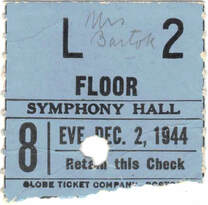 This #MuseumMonday, we're sharing a fascinating update on the Bartók items recently donated to us. As our Archivist/Curator Chessie was rehousing a vest that belonged to Béla Bartók, a very small ticket stub slipped out of the pocket. The torn-off stub was for a performance at Symphony Hall in Boston on December 2, 1944. A note in pencil at the top reads, "Mrs. Bartok." An online search told us that that evening was the premiere of “Concerto for Orchestra,” one of the pieces Bartók wrote in Saranac Lake. It is likely that Bartók slipped the ticket in his pocket during the performance where it remained until we discovered it almost 78 years later. Bartók died in New York City 9 months after the performance. Learn more about the Bartók Cabin and the collection, and support our efforts to preserve both on our website. Read last week's article on this incredible donation in the Adirondack Daily Enterprise. [Historic Saranac Lake Collection, TCR 743. Courtesy of the Estate of Peter Bartók.] In honor of Women's History Month, we want to highlight some women we have only learned about recently! Tarsilla Schuster is seated at left on the porch of a platform tent "Idle Rest," at the New York State Hospital at Ray Brook (AKA Ray Brook Sanatorium) c. 1914. The woman seated at right may be either C. or E. Rowley.
Tarsilla and her husband William were both patients at Ray Brook in the early 1900s and 1910s. The family's collection of photographs and letters has helped us learn more about Ray Brook Sanatorium in that time period, as well as shining light on the difficulties that the families of patients faced. [Historic Saranac Lake Collection, 2021.1.76. Courtesy of John Cromie.] Dear Friends, As we follow the terrible current events in Eastern Europe, we learn a bit more each day about the history, the geography, and the people of Ukraine. Recently, a package arrived at the museum that brought the news closer to home. Inside were the personal effects of one of the greatest musical composers in human history. The box contained bow ties, a vest, glasses, and a pair of concert shoes stuffed with newspaper dating to 1942. These are the clothes Béla Bartók wore to performances in Europe back before WWII. Bartók came to Saranac Lake 80 years ago. He spent the last three summers of his life in the village, seeking respite from leukemia. Here, working in humble surroundings with little money and no piano, he found the tranquility to compose some of his greatest works, including the Concerto for Orchestra and the Third Piano Concerto. A tiny, eccentric, brilliant man, Bartók was not interested in fame or fortune. His music can feel inaccessible to people who aren’t trained musicians or familiar with folk songs of Eastern Europe. His story can seem as distant and as foreign as his music. But lifting his little shoes out of the box, it’s like he walked right into the present day. Back in the 1940s, Saranac Lakers didn’t pay the great composer much notice. Not only were international visitors commonplace during the tuberculosis years, but the events of WWII were grabbing all the headlines. As more and more young men went off to war, families followed the news overseas, charting the advance of troops on maps, learning the names of far away places they had never known before. The War felt intensely personal to Bartók. From here in Saranac Lake, he worried for the safety of his eldest son who had remained in Budapest. He feared for his second son, who was serving in the Pacific in the U.S. Navy. Having lived during WWI and the Russian Revolution, the composer was acutely aware of the horror of war and its tendency to transcend borders. Bartók’s personal history moved between many present-day European countries. He was born in 1881 in the town of Nagyszentmiklós, Hungary (now Romania). After his father’s sudden death, the family lived for a time in Nagyszőlős (present-day Vynohradiv, Ukraine) and then to Pozsony (present-day Bratislava, Slovakia). Young Béla studied piano in Budapest, and he developed his interest in folk music. He traveled the countryside, collecting and researching folk melodies of the Roma people.* He recorded songs in peasant villages with his wax cylinder Edison machine, notating Hungarian, Slovak, Romanian, Ukrainian, and Bulgarian folk music. He also collected melodies in Moldavia, Transylvania, Algeria, and Turkey. He incorporated elements of traditional songs into new compositions. Beloved in Hungary, Bartók performed throughout Europe. Perhaps wearing these same concert shoes, he performed in the Ukrainian cities of Kharkiv and Odessa in 1929 and 1936. Then came WWII. Hungary joined the Axis Powers. Béla’s anti-fascist views were well known, and his wife Ditta was Jewish. They fled the Nazis to New York City. Bartók left his life’s work in Budapest, including hundreds of recordings of ancient folk music. Miraculously, most of the cylinder recordings survived the war, as did his sheet music transcriptions of 13,000 songs. But Bartók died in New York City in the fall of 1945 thinking his recordings were destroyed. Millions of people, entire communities, and countless melodies had been erased by antisemitism, fascism, and war. The great composer who once walked the streets of Saranac Lake devoted his life to preserving diverse cultures of Eastern Europe. Now, the museum is honored to preserve his last few belongings. With this pair of shoes that fled the Holocaust, we remember Bartók, and we contemplate the incredible beauty and enormous tragedy of Ukraine and its neighbors. Be well, Amy Catania Executive Director *Roma people were once widely referred to in the English language as “Gypsies,” a term considered pejorative due to its past use as a racial slur. Sources: -Bartók, Peter, My Father, 2002. -Soroker, Yakov, Ukranian Musical Elements in Classical Music,1995. Images: -Béla Bartók's shoes. Historic Saranac Lake Collection, courtesy of the Estate of Peter Bartók. -Béla Bartók's ties and eye glasses. Historic Saranac Lake Collection, courtesy of the Estate of Peter Bartók. -Béla, Ditta, and Peter Bartók in Saranac Lake, 1944. Courtesy of My Father by Peter Bartók. -Bartok using a phonograph to record folk songs in Zobordarázs, Slovakia. Courtesy of My Father by Peter Bartók. -The Bartók Cabin. Illustration by James Hotaling. THE BARTÓK FUND
Historic Saranac Lake has established a fund to support the preservation and display of the Béla Bartók Collection, the maintenance of the Bartók cabin, and our work to interpret the story of Bartók in Saranac Lake. We welcome your support. Please donate to the Bartók Fund or contact us to find out more.
March kicks off Women's History Month, so we're highlighting Stony Wold Sanatorium, which originally opened as a women-only facility. The facility offered care for women who did not have the means to pay for treatment for the disease. It was started by Elizabeth Newcomb on Lake Kushaqua in 1901, and at its peak in the 1930s it consisted of 20 buildings and a farm, and generated its own electricity. This photograph came from the album of Lillian Synoracki Wilczak, who cured at Stony Wold in the late 1920s.
Learn more on our wiki. [Historic Saranac Lake Collection. Courtesy of Karen Jaobs.] |
About us
Stay up to date on all the news and happenings from Historic Saranac Lake at the Saranac Laboratory Museum! Archives
August 2022
Categories
All
|
Historic Saranac Lake at the Saranac Laboratory Museum
89 Church Street, Suite 2, Saranac Lake, New York 12983
(518) 891-4606 - [email protected]
89 Church Street, Suite 2, Saranac Lake, New York 12983
(518) 891-4606 - [email protected]

Historic Saranac Lake is funded in part by the New York State Council on the Arts with the support of the Office of the Governor and the New York State Legislature,
and an Essex County Arts Council Cultural Assistance Program Grant supported by the Essex County Board of Supervisors.
and an Essex County Arts Council Cultural Assistance Program Grant supported by the Essex County Board of Supervisors.
© 2023 Historic Saranac Lake. All Rights Reserved. Historic photographs from Historic Saranac Lake Collection, unless otherwise noted. Copy and reuse restrictions apply.
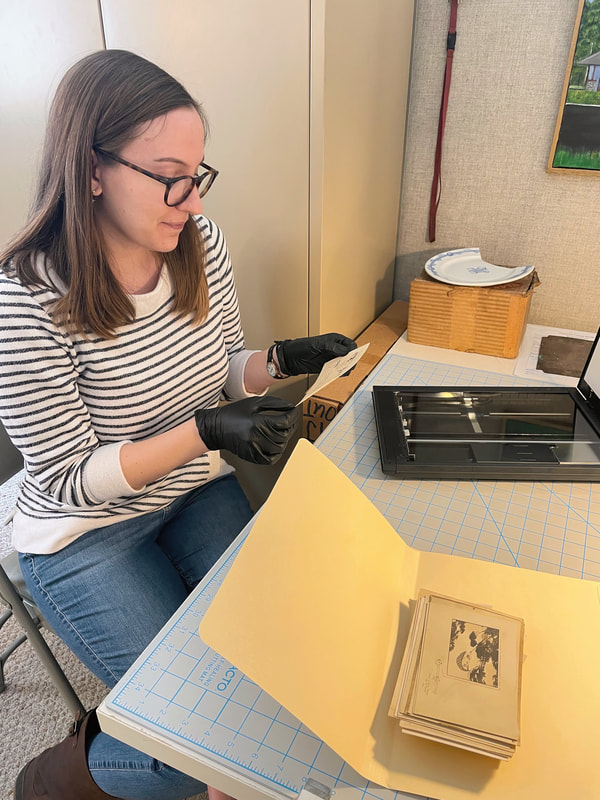
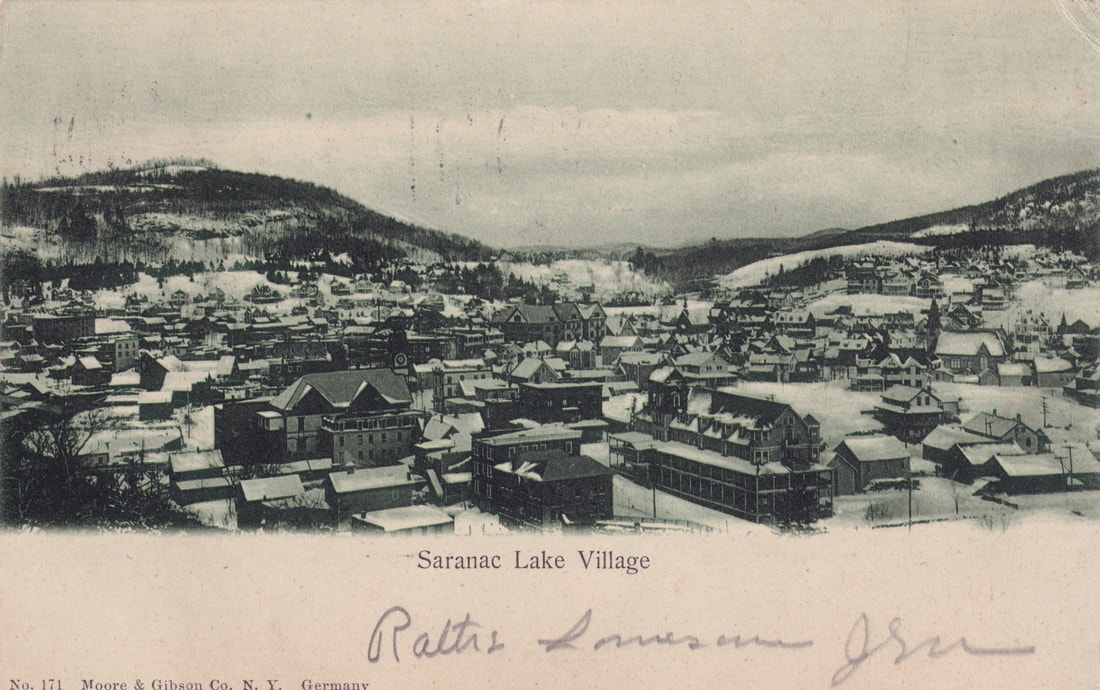
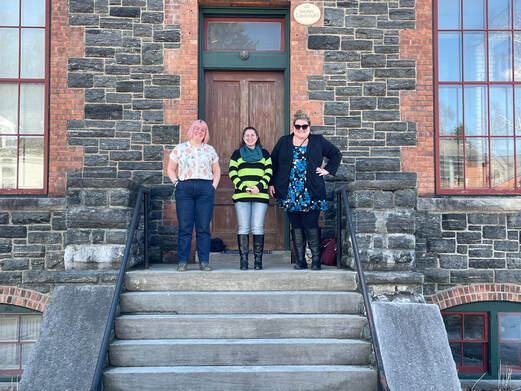
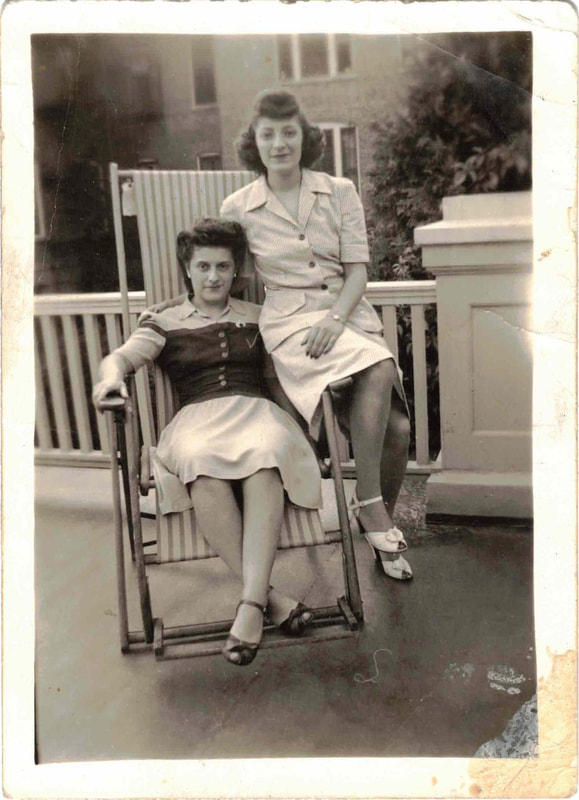
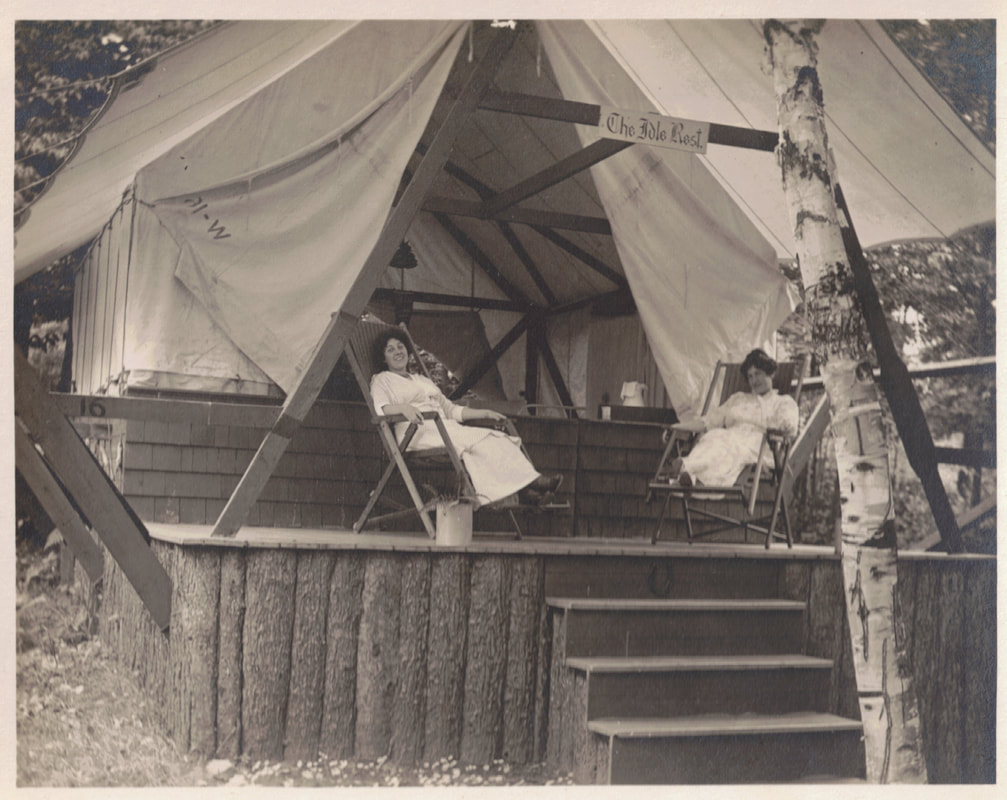
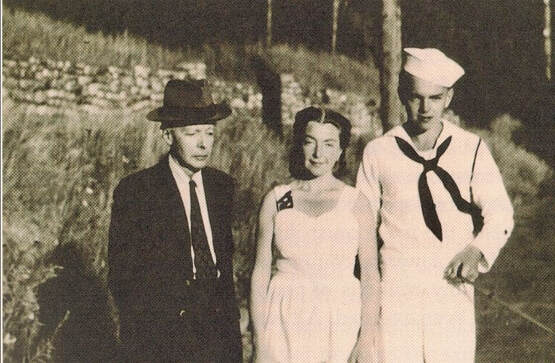
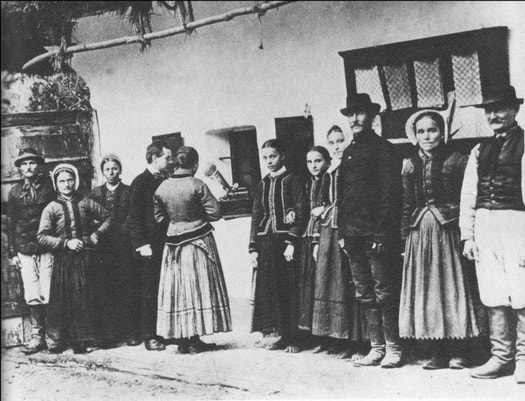
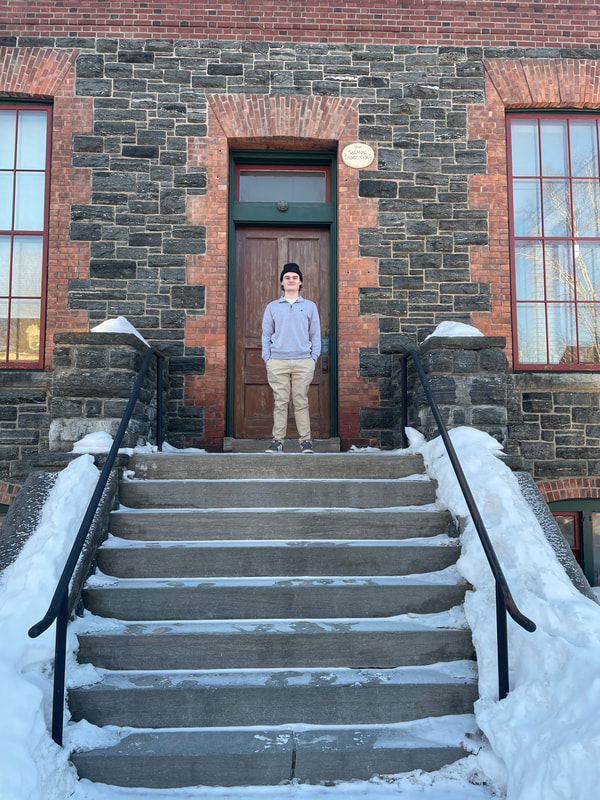
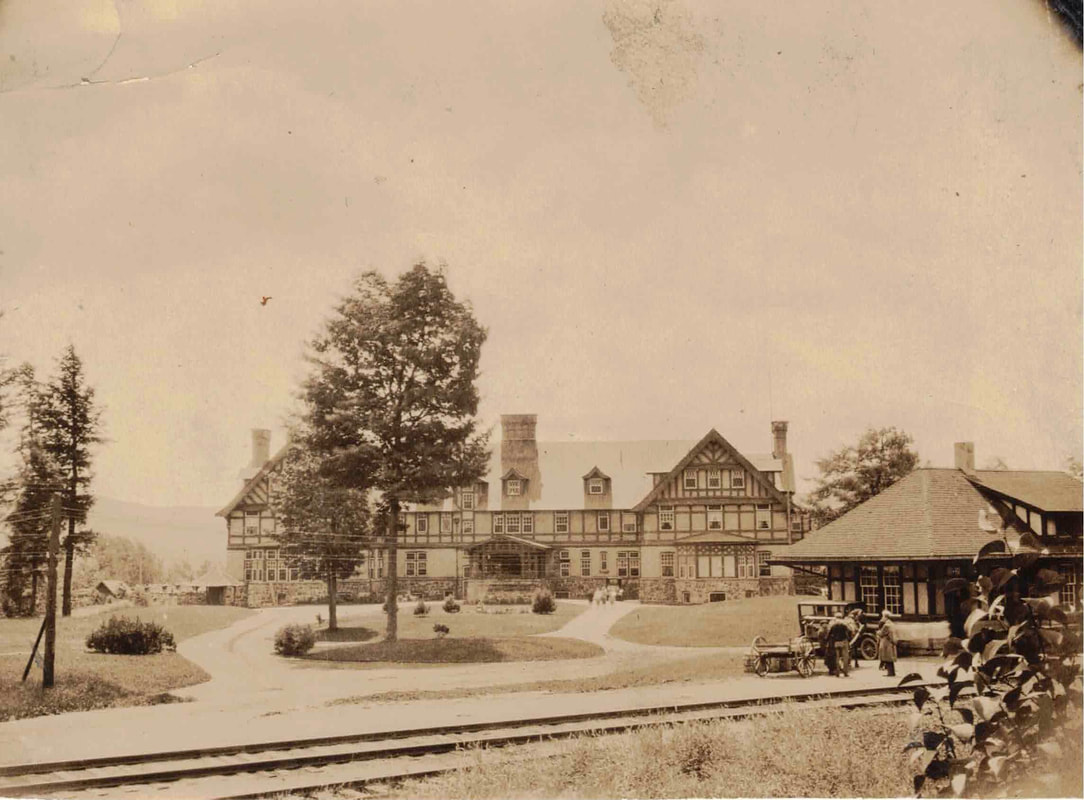
 RSS Feed
RSS Feed